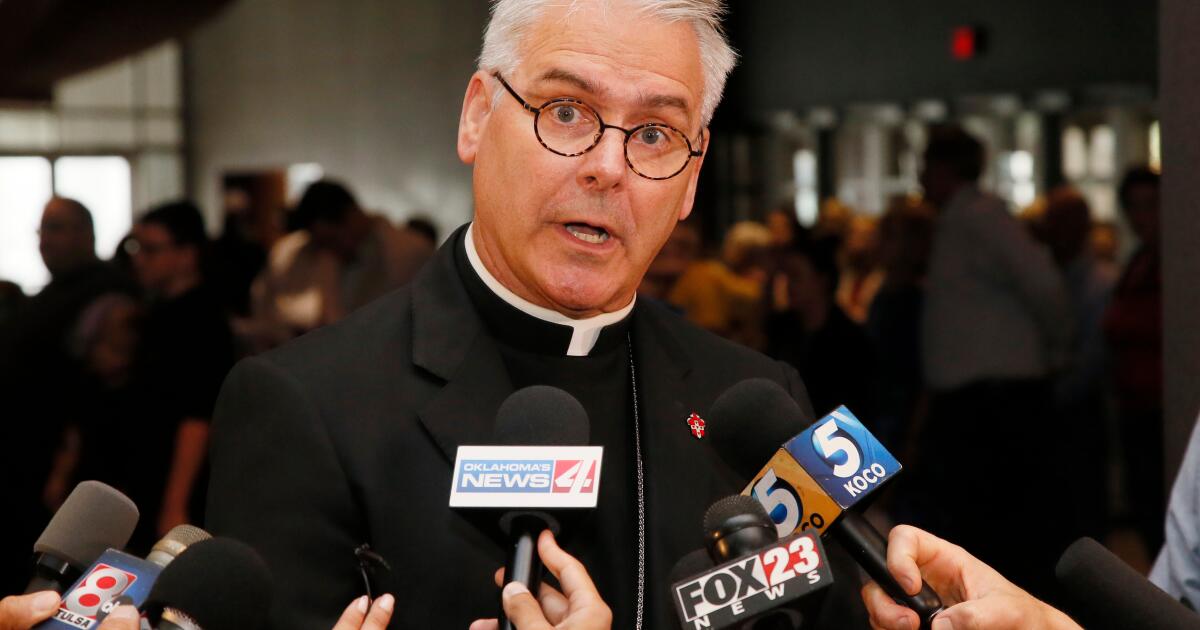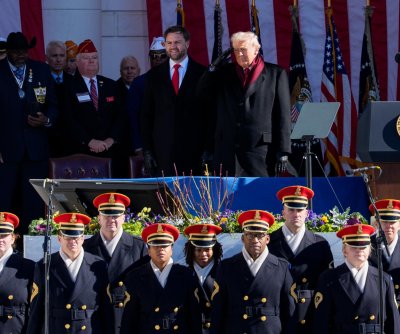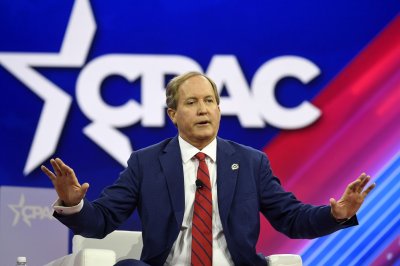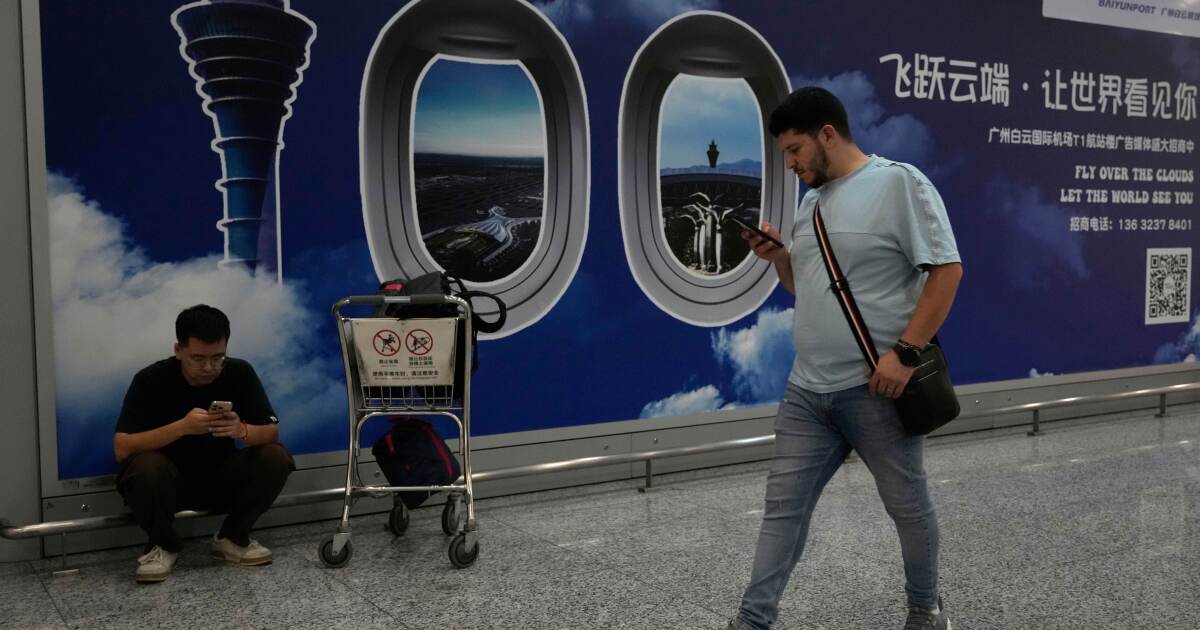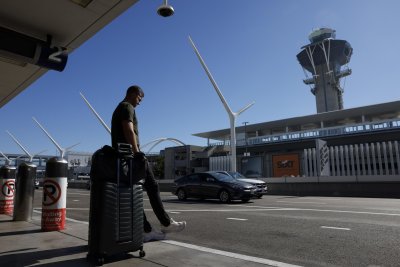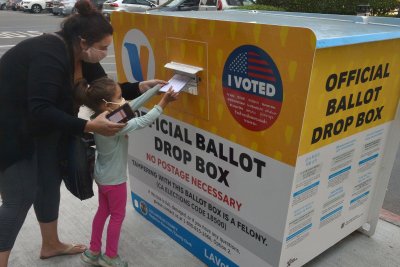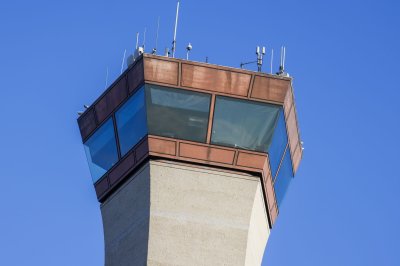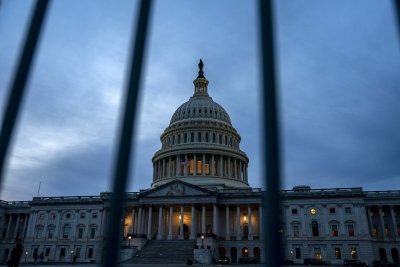U.S. Catholic bishops select conservative culture warrior to lead them during Trump’s second term
BALTIMORE — U.S. Catholic bishops elected Oklahoma City Archbishop Paul Coakley as their new president on Tuesday, choosing a conservative culture warrior to lead during President Trump’s second term.
The vote serves as a barometer for the bishops’ priorities. In choosing Coakley, they are doubling down on their conservative bent, even as they push for more humane immigration policies from the Trump administration.
Coakley was seen as a strong contender for the top post, having already been elected in 2022 to serve as secretary, the No. 3 conference official. In three rounds of voting, he beat out centrist candidate Bishop Daniel Flores of Brownsville, Texas, who was subsequently elected vice president.
Coakley serves as advisor to the Napa Institute, an association for conservative Catholic powerbrokers. In 2018, he publicly supported an ardent critic of Pope Francis, Italian Archbishop Carlo Maria Viganò, who was later excommunicated for stances that were deemed divisive.
The U.S. Conference of Catholic Bishops has often been at odds with the Vatican and the inclusive, modernizing approach of the late Pope Francis. His U.S.-born successor, Pope Leo XIV, is continuing a similar pastoral emphasis on marginalized people, poverty and the environment.
The choice of Coakley may fuel tensions with Pope Leo, said Steven Millies, professor of public theology at the Catholic Theological Union in Chicago.
“In the long conflict between many U.S. bishops and Francis that Leo inherits, this is not a de-escalating step,” he said.
Half the 10 candidates on the ballot came from the conservative wing of the conference. The difference is more in style than substance. Most U.S. Catholic bishops are reliably conservative on social issues, but some — like Coakley — place more emphasis on opposing abortion and LGBTQ+ rights.
The candidates were nominated by their fellow bishops, and Coakley succeeds the outgoing leader, Military Services Archbishop Timothy Broglio, for a three-year term. The current vice president, Archbishop William Lori of Baltimore, was too close to the mandatory retirement age of 75 to assume the top spot.
Coakley edged out a well-known conservative on the ballot, Bishop Robert Barron of Minnesota’s Winona-Rochester diocese, whose popular Word on Fire ministry has made him a Catholic media star.
In defeating Flores, Coakley won over another strong contender, who some Catholic insiders thought could help unify U.S. bishops and work well with the Vatican. Flores has been the U.S. bishops’ leader in the Vatican’s synod process to modernize the church. As a Latino leading a diocese along the U.S.-Mexico border, he supports traditional Catholic doctrine on abortion and LGBTQ issues and is outspoken in his defense of migrants.
Flores will be eligible for the top post in three years. His election as vice president indicates that the U.S. conference “may eventually, cautiously open itself to the church’s new horizons,” said David Gibson, director of Fordham University’s Center on Religion and Culture.
The bishops are crafting a statement on immigration during the annual fall meeting. On many issues, they appear as divided and polarized as their country, but on immigration, even the most conservative Catholic leaders stand on the side of migrants.
The question is how strongly the whole body plans to speak about the Trump administration’s harsh immigration tactics.
Fear of immigration enforcement has suppressed Mass attendance at some parishes. Local clerics are fighting to administer sacraments to detained immigrants. U.S. Catholic bishops shuttered their longstanding refugee resettlement program after the Trump administration halted federal funding for resettlement aid.
“On the political front, you know for decades the U.S. bishops have been advocating for comprehensive immigration reform,” Bishop Kevin Rhoades, of Indiana’s Fort Wayne-South Bend diocese, said during a news conference.
Rhoades serves on Trump’s Religious Liberty Commission, and he leads the bishops’ committee on religious liberty. He said bishops are very concerned about detained migrants receiving pastoral care and the sacraments.
“That’s an issue of the right to worship,” he said. “One doesn’t lose that right when one is detained, whether one is documented or undocumented.”
The bishops sent a letter to Pope Leo from their meeting, saying they “will continue to stand with migrants and defend everyone’s right to worship free from intimidation.”
The letter continued, “We support secure and orderly borders and law enforcement actions in response to dangerous criminal activity, but we cannot remain silent in this challenging hour while the right to worship and the right to due process are undermined.”
Pope Leo recently called for “deep reflection” in the United States about the treatment of migrants held in detention, saying that “many people who have lived for years and years and years, never causing problems, have been deeply affected by what is going on right now.”
Stanley writes for the Associated Press.
